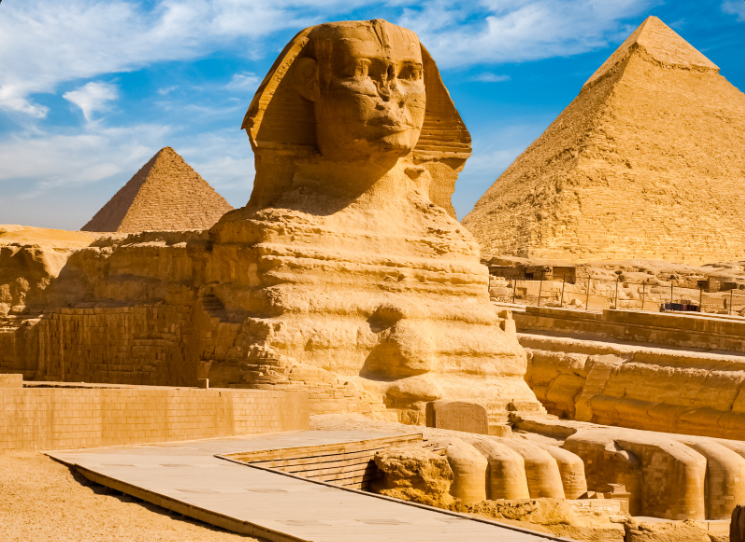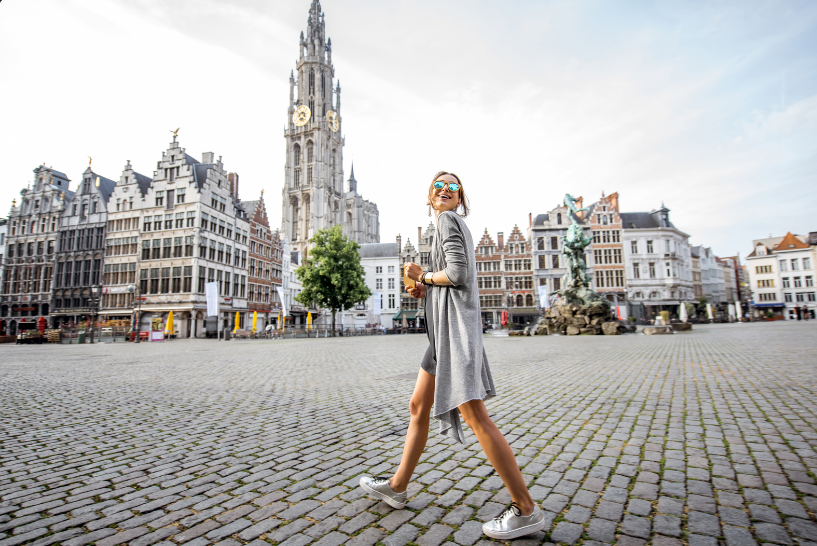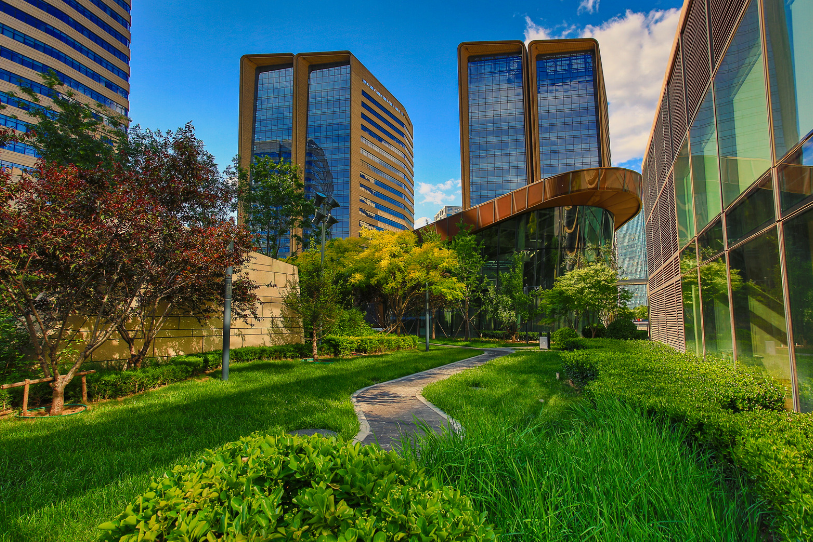How did city planners try to improve life? Urbanization has led to significant changes in the way we live, work, and interact.
As cities continue to grow and evolve, city planners have played a crucial role in shaping the urban landscape to improve the quality of life for residents.
The history of urban planning, the role of city planners, and the strategies they employ to enhance city life are all essential aspects of understanding how cities have been transformed over time.
City planners started to make cities work better and look nicer to make city life better.
They used mass transit to separate different parts of the city for different purposes.
They also created places like libraries, government buildings, and universities that everyone could use.
In this article, we will explain how did city planners try to improve life and build a brighter future.
History of Urban Planning

During America’s inaugural urban planning conference in 1898, hosted in New York, a British urban planner posed a thought-provoking inquiry.
He deliberated whether the objective was to create alluring cities or cultivate a populace of great aesthetic appeal.
This raised a fundamental query: does urban planning primarily concern itself with the physical layout, or does it prioritize enhancing the lives of city dwellers?
This query bore immense significance for the discipline of urban planning, which truly took shape only in the early 20th century. Prior to this era, three distinct categories of thinkers contemplated the ideal form and function of cities — architects, public health authorities, and social workers.
Each faction approached the task of city development from vastly different perspectives.
Urban planning emerged as a scholarly discipline in the 1900s. The roots of urban planning can be traced back to ancient civilizations such as the Indus Valley, Mesopotamia, and ancient China.
These societies recognized the need for organized urban spaces and infrastructure.
However, the formalization of urban planning as a discipline began during the Industrial Revolution when rapid urbanization created challenges related to housing, sanitation, and social inequality.
How Did City Planners Try To Improve City Life

How Did City Planners Try To Improve City Life? City planners have always been dedicated to enhancing the quality of urban life through innovative strategies.
One of the key approaches they adopted to uplift cities was the introduction of mass transit systems.
These transit systems served a dual purpose – not only did they facilitate the efficient movement of people, but they also played a pivotal role in structuring the city itself.
By carefully designating specific areas for distinct functions, city planners were able to create a well-organized urban landscape.
Residential zones, commercial districts, and industrial areas were thoughtfully separated, reducing congestion and enhancing the overall functionality of the city.
In the pursuit of a better city life, city planners strategically integrated both utilitarian and cultural elements.
The implementation of mass transit systems streamlined daily commutes, minimizing the stress of navigating through crowded streets.
Simultaneously, the zoning of different city sectors ensured a harmonious coexistence of various activities without unnecessary overlaps.
The creation of public spaces served as a testament to the commitment of city planners to cater to the intellectual, administrative, and recreational needs of the population.
Role of Green Spaces in City Planning

As cities continue to expand and populations grow, incorporating green spaces into urban planning has become a paramount consideration for city planners to improve city life.
Let’s delve into the various dimensions of how green spaces play a pivotal role in shaping our cities and how did city planners try to improve life.
1. Enhancing Quality of Life
Green spaces serve as natural havens amidst the concrete jungles, providing citizens with areas to unwind, exercise, and connect with nature.
These spaces offer a break from the hustle and bustle, improving mental health and fostering a sense of community.
People can engage in outdoor activities, socialize, and breathe in fresh air, contributing to an improved overall quality of life.
2. Mitigating Environmental Impact
In the age of climate change, green spaces act as vital tools for mitigating the environmental impact of urbanization.
Trees and plants absorb carbon dioxide, reducing air pollution and regulating temperature.
They prevent soil erosion, enhance water quality, and create a habitat for biodiversity, making cities more resilient to environmental challenges.
3. Urban Heat Island Effect
Cities often experience higher temperatures due to the urban heat island effect caused by the abundance of concrete and limited greenery.
Integrating parks and green spaces counters this effect by providing shade and cooling effects through the process of evapotranspiration.
This results in more comfortable urban environments and reduced energy consumption for cooling.
4. Aesthetic and Cultural Value
Green spaces contribute to the aesthetic appeal of cities, softening the harsh lines of buildings and adding visual charm.
Parks often become landmarks and gathering spaces for cultural events, fostering a sense of identity and pride within the community.
5. Economic Benefits
Investing in green spaces can yield significant economic benefits for cities.
Property values tend to increase around well-maintained parks, attracting residents and businesses alike.
Additionally, these spaces promote tourism, generate jobs related to maintenance and recreational services, and contribute to a thriving local economy.
Cities and City Planners
A city is a large and densely populated urban area. It is typically defined as a place with a population of over 100,000 people.
Cities are centers of commerce, industry, and culture. They are also home to a wide variety of people from all walks of life.
City planners are professionals who work in the field of urban planning.
They are responsible for developing plans for the development and management of cities.
City planners consider a variety of factors when making plans, such as land use, transportation, housing, and environmental sustainability.
The specific duties of a city planner can vary depending on the size and complexity of the city. However, some common tasks include:
- Conducting research and analysis to identify the needs of the city
- Developing plans for the development and improvement of the city’s infrastructure
- Working with other professionals, such as engineers, architects, and developers, to implement plans
- Enforcing zoning regulations and other ordinances
- Communicating with the public about city planning issues
City Planners Important Role In Shaping The Future and Build Better City Life
City planners play an important role in shaping the future of our cities.
They help to ensure that cities are livable, sustainable, and equitable places to live, work, and play.
Here are some of the key roles that city planners play:
- Planning for growth and development: City planners help to ensure that cities grow in a way that is sustainable and meets the needs of the community. They do this by developing plans for land use, transportation, housing, and other infrastructure.
- Addressing social and economic challenges: City planners also work to address social and economic challenges in cities. This includes things like reducing poverty, improving education, and creating jobs.
- Protecting the environment: City planners play a role in protecting the environment by developing plans for things like green space, transportation, and waste management.
- Making cities more livable: City planners also work to make cities more livable by things like improving public safety, creating walkable neighborhoods, and providing access to parks and recreation.
How Does Urban Planning Improve Quality of Life?

- Sustainable Development: City planners focus on sustainable development, integrating economic, social, and environmental aspects. This approach ensures that cities grow in a way that minimizes negative impacts on the environment and supports long-term well-being.
- Public Transportation: One way city planners enhance city life is by improving public transportation systems. Efficient buses, trains, and subways not only reduce traffic congestion but also provide affordable and accessible commuting options.
- Green Spaces: Incorporating parks, gardens, and green spaces into urban planning contributes to residents’ mental and physical well-being. These areas offer opportunities for relaxation, recreation, and community interaction.
- Mixed-Use Development: City planners promote mixed-use development, where residential, commercial, and recreational spaces coexist. This approach reduces the need for long commutes and encourages a vibrant urban atmosphere.
- Zoning Regulations: Zoning regulations help maintain a balance between different types of activities within a city. Separating industrial areas from residential ones, for example, can reduce noise and pollution in residential neighborhoods.
- Walkability: Designing walkable neighborhoods encourages people to use pedestrian-friendly paths. This not only promotes physical activity but also fosters a sense of community and connection among residents.
- Bicycle Lanes: Creating dedicated bicycle lanes promotes eco-friendly transportation and contributes to reduced traffic congestion. It also encourages a healthier lifestyle.
Conclusion
In conclusion to our guide on how did city planners try to improve city life, the efforts of city planners have significantly influenced how cities have evolved and how people experience urban life.
Through sustainable development, improved infrastructure, green spaces, and thoughtful zoning, city planners continue to strive to enhance the quality of life in urban environments.
People also ask:
How did cities become divided?
Cities became divided due to various social, economic, and historical factors. Economic disparities often lead to the segregation of neighborhoods based on income. Racial and ethnic divisions have also played a significant role in shaping the spatial layout of cities.
What are two major effects of the growth of cities and urbanization?
Two major effects of urban growth and urbanization are increased demand for resources and services, leading to strains on infrastructure, and the potential for social inequality due to uneven development and unequal distribution of resources.
What problems arose in US cities as urban populations rapidly increased quizlet?
As urban populations rapidly increased in the US, challenges such as overcrowding, inadequate housing, poor sanitation, and increased crime rates emerged. These issues prompted the need for urban planning and reforms to improve living conditions.

